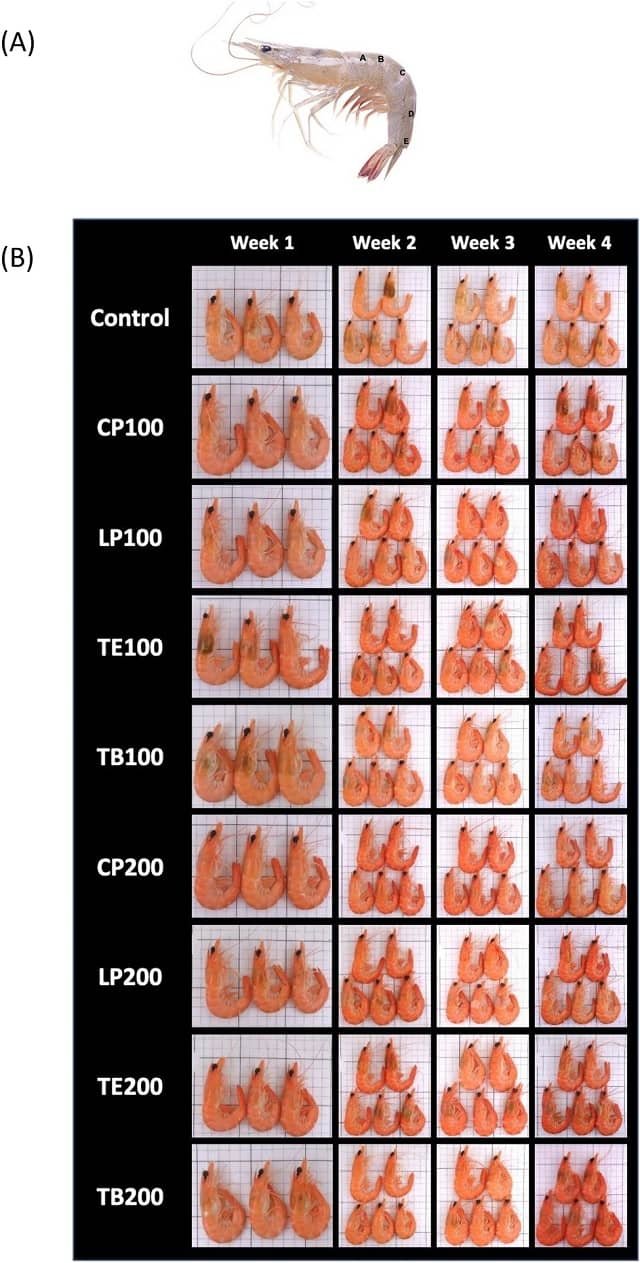By Li Lamei*
Haematococcus pluvialis can produce natural astaxanthin which has strong antioxidant capacity. How to improve the astaxanthin content of H. pluvialis is a hot topic of current research.
Recently, a research group led by Prof. Huang Qing from Hefei Institutes of Physical Science (HFIPS), Chinese Academy of Sciences revealed the epigenetic regulation mechanism of stimulated effect for astaxanthin accumulation in H. pluvialis treated by low-temperature plasma (LTP). The results were published in Bioresource technology.
“Previously, we showed that low-temperature plasma can stimulate the growth of H. pluvialis and astaxanthin accumulation,” said Prof. Huang, the team leader of this research, “but the mechanism remained unclear. Then, we were wondering if it was due to the epigenetic effect since we had no mutation in this case, so we initiated this study and the present work just verifies our hypothesis.”
“The histone trimethylation occurred in algal cells after low-temperature plasma treatment, and the site of histone trimethylation was found at the promoter of carotene isomerase (CRTISO), which regulated the downstream carotene derived plant hormones and led to the increase of astaxanthin content.” further explained by Prof. Huang.
After measuring hormones and transcriptional genes, the research group found that after LTP treatment, the levels of strigolactone (SLS) and abscisic acid (ABA) in algae increased significantly, and the expression of astaxanthin synthesis genes increased, especially one of the key genes CRTISO was specifically up-regulated. Through immunofluorescence experiment, they found that the fluorescence intensity of histone H3 lysine 4 trimethylation (h3k4me3) increased after plasma discharge treatment, indicating epigenetic changes. The ChIP PCR experiment further confirmed that the site of h3k4me3 was located in the promoter region of CRTISO, and the promoter expression was up-regulated.
“So we conducted these experiments and proved that plasma stimulation was realized by increasing the expression of CRTISO by regulating h3k4me3,” said LI Lamei, the co-first author of the paper.
This study explored the mechanism of LTP promoting algal growth and astaxanthin production from the perspective of epigenetics.
Stay Always Informed
Join our communities to instantly receive the most important news, reports, and analysis from the aquaculture industry.
The research is supported by the National Natural Science Foundation of China.
Contact:
ZHAO Weiwei
Hefei Institutes of Physical Science
Email: annyzhao@ipp.ac.cn
Reference:
Lamei Li, Zhu Chen, Adolf Acheampong, Qing Huang. Low-temperature plasma promotes growth of Haematococcus pluvialis and accumulation of astaxanthin by regulating histone H3 lysine 4 tri-methylation. Bioresource Technology, Volume 343, 2022, 126095, ISSN 0960-8524, https://doi.org/10.1016/j.biortech.2021.126095.
*Source: Hefei Institutes of Physical Science
Editor at the digital magazine AquaHoy. He holds a degree in Aquaculture Biology from the National University of Santa (UNS) and a Master’s degree in Science and Innovation Management from the Polytechnic University of Valencia, with postgraduate diplomas in Business Innovation and Innovation Management. He possesses extensive experience in the aquaculture and fisheries sector, having led the Fisheries Innovation Unit of the National Program for Innovation in Fisheries and Aquaculture (PNIPA). He has served as a senior consultant in technology watch, an innovation project formulator and advisor, and a lecturer at UNS. He is a member of the Peruvian College of Biologists and was recognized by the World Aquaculture Society (WAS) in 2016 for his contribution to aquaculture.




